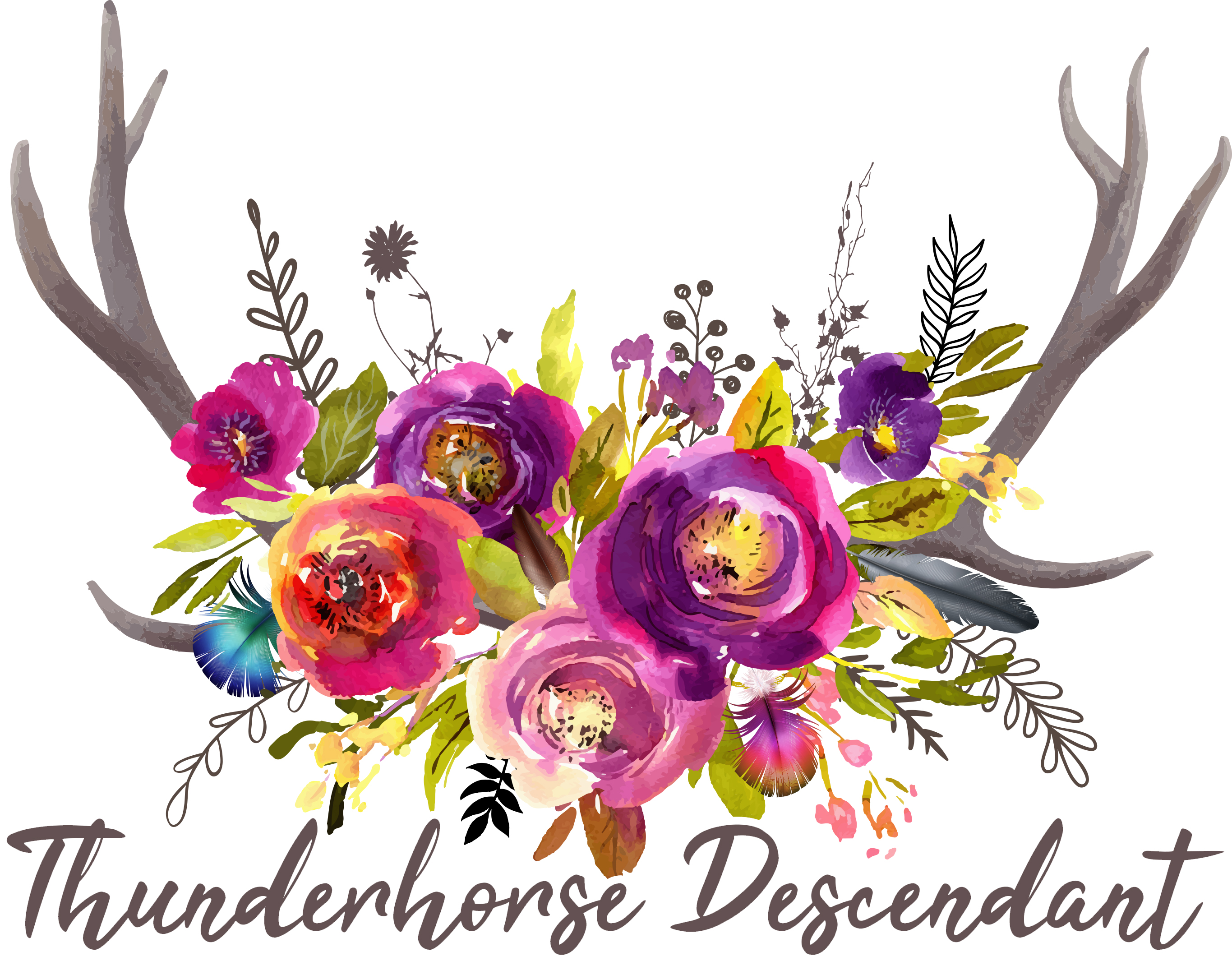Posted by Randee Brown on 10th Jun 2024
Discovering the Oldest Beads: A Journey into Ancient Craftsmanship
Discovering the Oldest Beads: A Journey into Ancient Craftsmanship
Beads have held a significant place in human culture for millennia, symbolizing everything from personal adornment to intricate systems of communication and social identity. Among the myriad of beads discovered, some of the oldest known examples provide a fascinating glimpse into our ancient ancestors' creativity and ingenuity. These beads, dating back to around 100,000 years ago, were found in Israel and were made from Nassarius sea snail shells.
The Oldest Known Beads
The beads in question, unearthed at the archaeological sites of Skhul and Qafzeh in Israel, are an extraordinary find. These small, perforated shells are attributed to early Homo sapiens, showcasing not only their craftsmanship but also their cognitive and cultural complexity. The shells are from the Nassarius genus of sea snails, known for their distinct shape and durability, making them ideal for bead-making.
Craftsmanship and Symbolism
Creating beads from shells involves a level of skill and intention that speaks volumes about our ancestors. The process likely required careful selection of the shells, making small perforations, and perhaps stringing them together. This meticulous work implies a deep appreciation for beauty and possibly a sophisticated form of communication. The beads could have served various purposes, such as personal adornment, denoting social status, or even as amulets with protective qualities.
Moreover, the presence of these beads in ancient burial sites suggests they held significant symbolic meaning. They might have been used in rituals or as offerings, reflecting beliefs and practices related to the afterlife.
The Role of Shell Beads in Early Human Society
The discovery of these beads provides critical insights into the social and cultural dynamics of early human societies. As one of the earliest forms of jewelry, shell beads represent a universal human practice of personal adornment. This practice is not only about beautification but also about expressing identity, status, and group affiliation.
In addition, the use of beads might have played a role in social bonding and the development of complex communication systems. The beads could have conveyed information about the wearer's social connections, achievements, or roles within their community. This early form of symbolic expression marks a significant step in the evolution of human communication and culture.
Conclusion
The oldest known beads, made from Nassarius sea snail shells and dating back approximately 100,000 years, are a testament to the ingenuity and cultural richness of our ancient ancestors. Found in Israel, these beads offer a profound connection to our past, highlighting the early human inclination towards adornment, symbolism, and communication. As we marvel at these ancient artifacts, we gain a deeper appreciation for the continuity and evolution of human creativity and expression.
For more information on the history of beads and their significance in various cultures, explore our extensive collection of handmade jewelry and bead supplies at Thunderhorse Descendant.
References:
- Vanhaeren, M., d'Errico, F., Stringer, C., James, S. L., Todd, J. A., & Mienis, H. K. (2006). Middle Paleolithic Shell Beads in Israel and Algeria. Science, 312(5781), 1785-1788.
- Bar-Yosef Mayer, D. E., Vandermeersch, B., & Bar-Yosef, O. (2009). Shells and ochre in Middle Paleolithic Qafzeh Cave, Israel: indications for modern behavior. Journal of Human Evolution, 56(3), 307-314.

